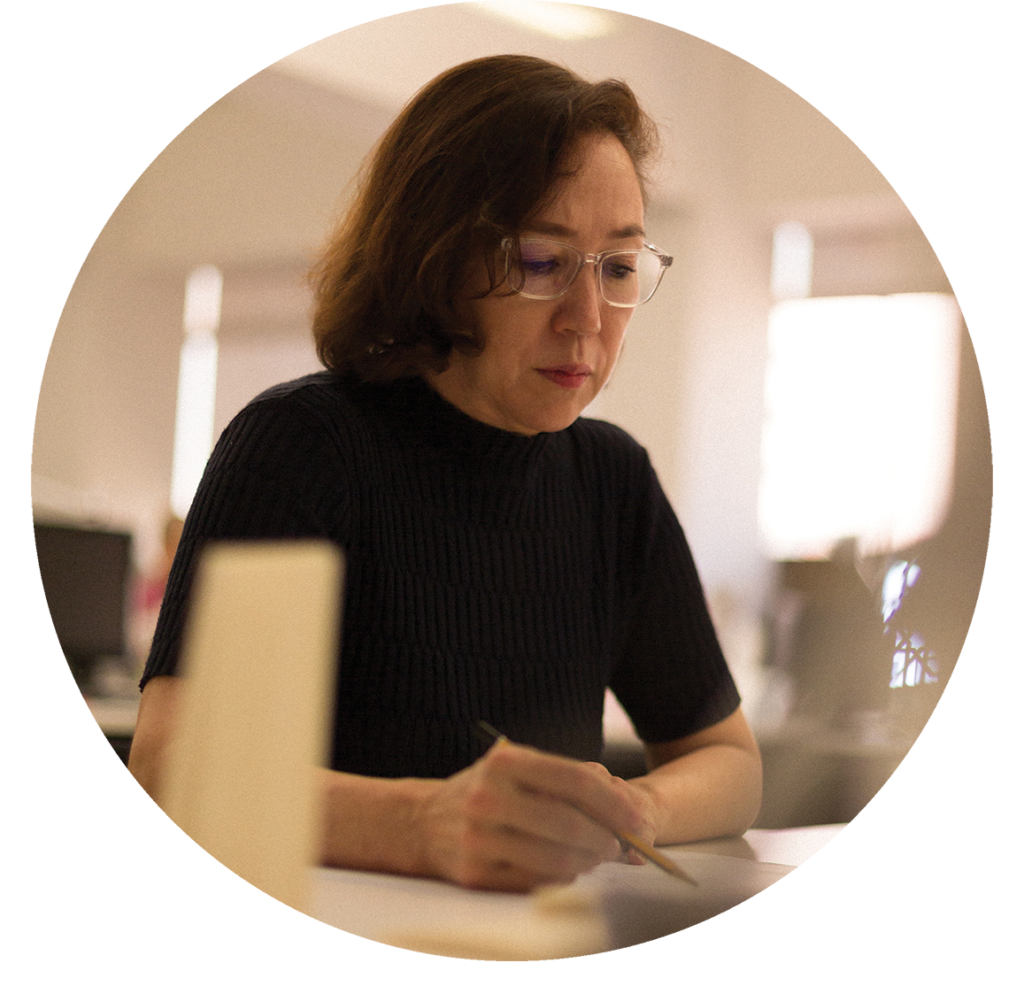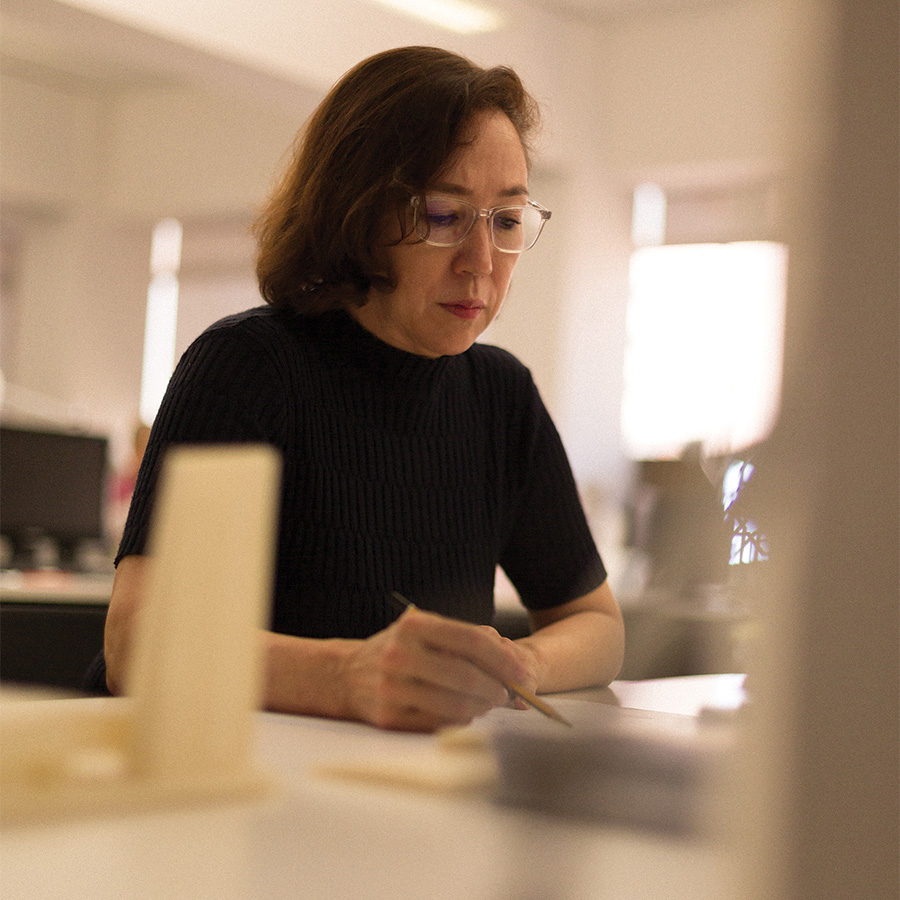Serina Hijjas
July 7, 2021

Serina Hijjas is perhaps one of the most dynamic women personalities on Malaysia’s sustainability front. Her internship with Foster + Partners in London had taught her the basic belief in technology, architecture, sustainability and collaborative thinking. Currently, she is Director of Hijjas Kasturi Associates, an architectural design firm founded four decades ago by her father, Hijjas Kasturi, who is known as the father of Malaysian architecture of the second half of the 20th century. The firm’s design philosophy embodies three central ideas, namely morphology, sustainability and experimentation within the local cultural and environmental contexts. It rests on the belief that designs should never be prescriptive and should always incorporate responsive sustainability as a holistic architectural and urban design solution. Through responsive sustainability, each project constitutes a specific response to the potential of the building’s programme and its site to improve sustainable outcomes and prevent ecological harm.
Where are the women architects?
Architecture in Malaysia has long been a male-dominated playground. Serina is one of the few women architects leading their own firms, and she says women are under-represented in architecture. “In the architectural profession, men do still dominate in this specific ecosystem. Women seem to be content to be number two in the matrix supporting in detail to the men who hold the frontline,” says Serina.
Although at university, the proportion between female and male architecture students has always been evenly split for decades, the number of women that become registered architects, achieve upper management levels, become partners, and own architectural firms has not increased in the same proportion as their male architectural counterparts. Currently, the ratio of registered female to male architects in the country is 2:3. “So where have they all gone?” Serina asks. Somewhere along the line, we are losing our women. A key hurdle, according to Serina, comes in supporting them to maintain in the profession. She believes that many women architectural graduates start to retreat from the architectural sector after the initial working experience to move into other design-related fields, building supportive roles or even academia. Serina also admits that the construction industry is complex and multidimensional, which could be challenging for women. “Apart from the creation and execution of domestic architecture, the more commercial buildings are laden with hard contractual issues and are a tough environment even for the best of us to push and pull in,” she notes.
As a female architect in an intergenerational architectural practice, I have felt the tougher challenge more on being recognised as a leading architect in my own right and less about gender equality. I see all challenges through the lens of it being more part of the course than actual sexism.
RELATED PROJECT: Environmental Preservation And Innovation Centre (EPIC)
Gender Differences in Sustainable Design Field
According to Serina, there are fewer women in the sustainable design field than women in the conventional architectural arena. “I believe it’s only to do with the fact that women don’t believe in themselves enough yet. Their own self-expectations are too high that they may not believe themselves worthy enough,” argues Serina, going on to add that, “I once was criticised that I am not strong enough for this architectural field due to my softer or more yielding approach in this field. Strength does not come from soft or hard approaches. It comes with belief and conviction
RELATED PROJECT: Celcom Headquarters
Inspiring Malaysian Female Architects
Perhaps Serina is currently seen by many as a symbol of progress for women in architecture generally, and sustainable architecture in particular. Her humble reaction is best described in her own words: “I would be honoured to be recognised for the work we do, and that has been since my first day at work in London, which is in pursuit of sustainability. From energy efficiency to Green to sustainability, it’s been a journey for us.” And for those young women out there who wonder how they can achieve the levels of success they are capable of in the sustainable design field, Serina has this final piece of advice:
“Now, the voices of younger women are being heard and celebrated across the globe, speaking out concerning our planet, sustainability and social equity. In sustainability, where we once may have found ourselves to be the only woman in the room, now more women contribute. Once afraid of our strong sense of intuition, women are now used to counter the global imbalances. We need to believe in ourselves and seize the moment, not to be dominant but to lead with humility.”
RELATED PROJECT: Filem Nasional Malaysia (FINAS)
To read the complete article, get your hardcopy at our online shop/newsstands/major bookstores; subscribe to FuturArc or download the FuturArc App to read the issues!
Previously Published FuturArc Interview
Contact us at https://www.futurarc.com/contact-us for older interviews.


